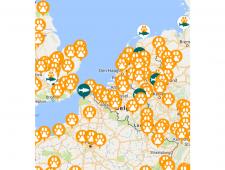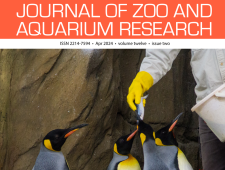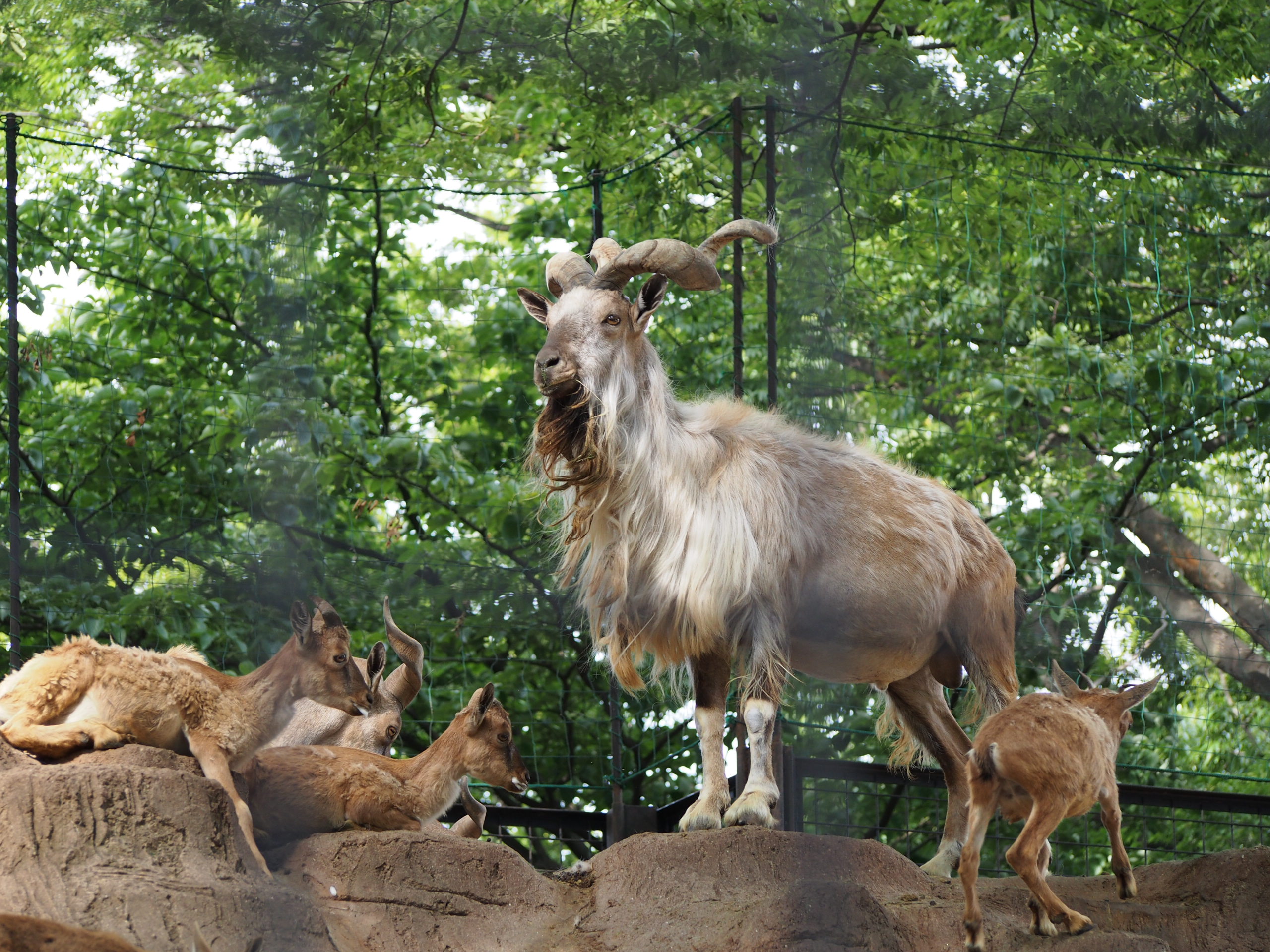Turkmenian markhor
Programme roles
| • Insurance The Capra falconeri heptneri (kept within EAZA) in situ population is increasing, but still under threat as the population is separated in three different subpopulations with only a small potential for range expansion and migration between subpopulations. The future success of the conservation projects, that currently work well, is depending on the management. Developing ex situ insurance populations can be beneficial as a backup if these wild populations collapse. These ex situ populations should not be established within the species’ range, as this is expected to deter resources from wild population protection through trophy hunting and result in fenced hunting practices. Furthermore, there is a need for more husbandry research into hoof problems within the EAZA population. • Research (AI) The development of artificial insemination techniques (AI) and cryopreservation of sperm for caprinae is one of the TAGs priorities and relevant for many species. Markhor is considered as one of the priority species for the TAG. The managed populations can contribute to developing research towards making these techniques wider available for ex situ use. An AI working group has been established. It will be considered if the EEP can actively fundraise to support (specific needs of) the AI research for markhors and caprinae species in general. |
|
| • Exhibit The EAZA population of Capra falconeri heptneri will be managed to provide options for mixed species exhibits with mountain ungulates. The TAG has a collection of examples and experiences available upon request. |
Programme numbers
In December 2019 , the Turkmenian markhor EEP had 258 animals in 24 institutions.
Programme highlights
- EAZA published its 2021 TAG Annual Report. On page 57 you can find the activities of the Caprinae TAG in 2020.
- Zooquaria 111 (Spring 2021) features on page 14 an article about the Regional Collection Plan for the caprinae.
- The Caprinae TAG has a very active Facebook page which aims to raise awareness of caprinae species and informing people about the conservation work done by the TAG.
- Highland Wildlife Park has a website with information about the Turkmenian markhor.
- The EAZA Caprinae TAG has published their Caprine Educational Guidelines.
 This work is supported by the European Union LIFE NGO funding programme. The European Union is not responsible for the views displayed in publications and/or in conjunction with the activities for which the grant is used.
This work is supported by the European Union LIFE NGO funding programme. The European Union is not responsible for the views displayed in publications and/or in conjunction with the activities for which the grant is used.






